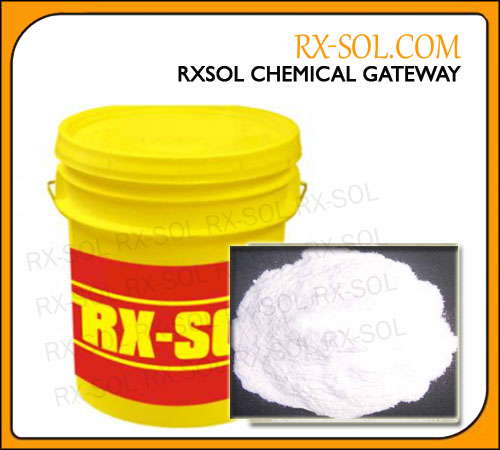Buffer Cleaner
Oman Chemical is leading one Largest Supplier, Manufacture a

| Main Ingredients | : | Salt Mixture with Corrosion Inhibitor |
|
Inhibitors and
water
6
Inhibitors
|
: | 6 % |
| Colour Bright | : | Yellow |
| Nitrite Content | : | 7.5 to 8.5% |
| Chloride Content | : | 0.10% Max. |
| pH of solution | : | 9.5 - 10.5 |
| Odour | : | PRACTICALLY ODOURLESS |
| Solubility in water | : | SOLUBLE |
| Melting Point | : | Max 150 - 155 °C |
| Working Temp Range | : | 155 – 540 Deg.C |
| Density @ 20 Deg.C | : | 1160 Kg/m3 |
| Reverse Alkalinity | : | Minimm 15.0 ml |
| Vapour pressure | : | .07 mbar at 20oC |
| Hear Transfer Salt TR | : | 155 |
| Skin absorption/irritation | : | YES |
| TLV Country | : | |
| Pollution category 1994 | : |
III |
Why use Heat Transfer molten salts?
Heat Transfer Salt extend the upper range of the temperature limits in which a liquid heat transfer media can be used.
Heat Transfer Salt manufacturer and supplier in Mumbai, Kandla, Chennai, Kolkata, Visakhapatnam, Barka - Oman, Muscat, Fujairah, Dubai, Sharjah, Abudhabi, Ajman, Oman Muscat Barka, Canada, Nairobi Kenya, Uganda Africa, Bahrain